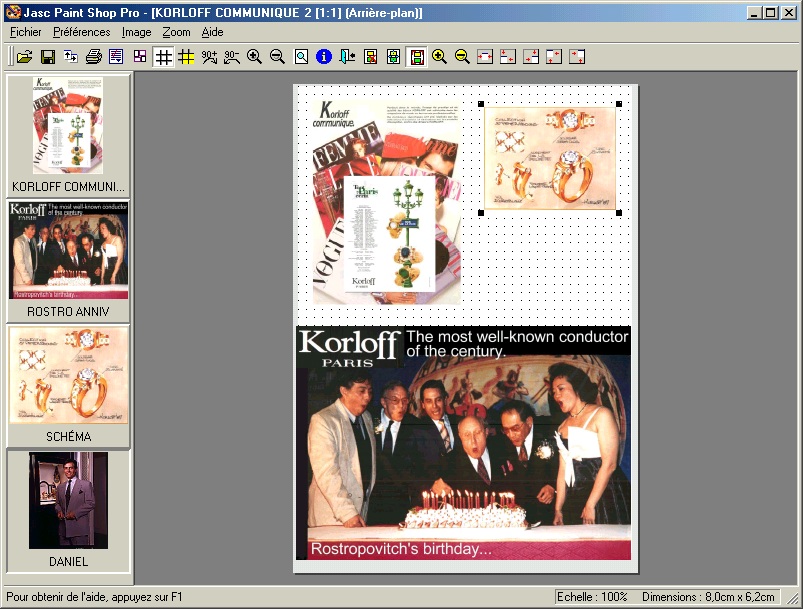

To make purple, for example, your computer makes the blue and red dotsīinary, a system using only 0 and 1 rather than using the numbers 0 By adjusting the brightness of these dots, different colors can be Every point on the monitor has a dot of red, a dot of green, and a dot Your computer monitor works on a similarĬoncept. Somewhere in your brain along with the chief export of Albania (chrome) and theĬapital of Liechtenstein (a capital L.) By mixing together the three primaryĬolors of light you can make any color.

You might remember primary colors from your grammar school days, filed Machine before these settings take effect.) Primary Colors (Your system might tell you that you have to reboot your Time, you might have to settle for High Color (16 bit) in the Colorsįield. If Windowsĭoesn't let you have that large a screen area and True Colors at the same Screen Area is set to 800 x 600 pixels or higher. While you're checking this out, make sure that the In the Colors field, select TrueĬolors (24 bit). To check your system, right-click your Windows desktop and choose Though the hardware of almost every PC sold for years can show 16.7 millionĬolors, some displays have been configured to show only 256 (or even fewer!)Ĭolors.

There's a reason for it, as you'll see shortly. Hundred and seventy-seven thousand, two hundred and sixteento be precise. How manyĭifferent colors can your computer handle? A bunch. It can handle moreĬolors than you can name (which isn't that surprising after naming about aĭozen colors you're apt to find yourself stretching for terms likeĮcru and aquamarine and Pepto-Bismol pink). Your computer can handle a lot more than black and white. White crayon was never the most useful crayon in the box), but they are colors The image is in black and whitewell, black and white are colors,Īren't they? Granted, they aren't very colorful colors (the

Whenever you create an image, you deal with color.


 0 kommentar(er)
0 kommentar(er)
